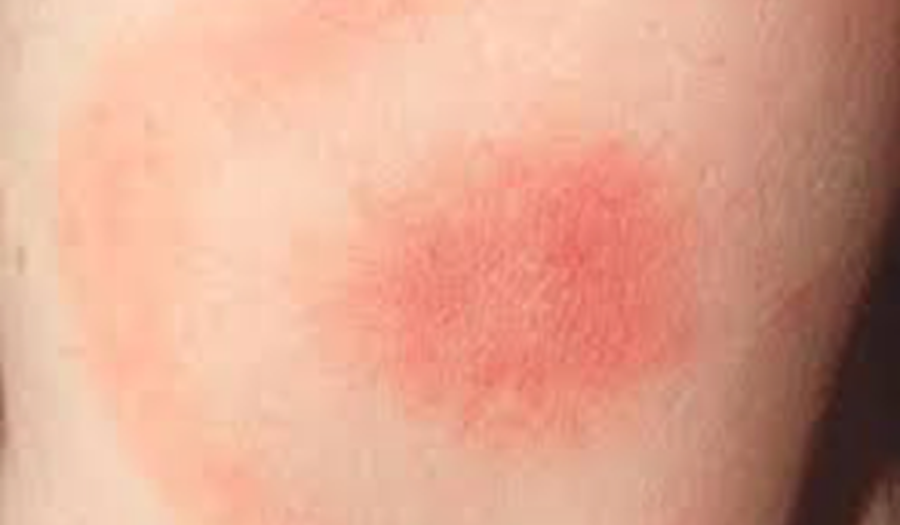
Tick Bites
5/18/2020
Ticks! How to prevent them and what to do if your child has a tick bite.
Most people find ticks not only creepy but scary too. There is a lot of information about tick and tick-borne illness that can be very frightening especially when raising children who love the outdoors. In New England we have Blacklegged Deer ticks, American Dog ticks and Lone Star ticks.

What happens when a tick bites you?
When a tick bites it injects chemicals and saliva into your system in order to obtain blood. Infections live in the gut of the tick and travel to salivary glands and then potentially their host. The transfer is not immediate and can take up to 36-48 hours.

Defense is the best prevention
The best way to avoid tick-borne disease is to stop tick bites before they happen! Here are a few recommendations:
• Avoid tick infested areas (for example, hike in center of trail)
• Play on sunny playgrounds away from forest edges
• Treat your yard for ticks
• Wear appropriate clothing such as long-sleeved shirts and pants, put socks over pant legs
• Repellents
• Take off clothing once back inside and wash or dry on high heat for 10 minutes
• Shower immediately once you are home (this will help you locate ticks but not prevent tick bites)
• Check all equipment that you bring in from outside (blankets, backpacks)
• Check your whole body for ticks daily
My child was bit by a tick? What do I do?
The tick should be removed immediately. Do not kill the tick while it is attached to your child. Remove the tick with fine tipped tweezers. The tweezers should grab the tick as close to the skin as you can get, then pull straight back avoiding twisting. Do not use matches, a lighter, or nail polish remover. If the mouthpieces remain after removal avoid digging to get them out as you can introduce infection. Clean the area with soap and water. You may apply an antibiotic ointment twice a day until it is fully healed. Often the area will have a burgundy flat spot the size of a pencil eraser where the tick bite occurred. This is not a bullseye rash. Note the date of the bite on your calendar so that you can monitor for symptoms during the incubation period for most tick-borne illness.
We do not recommend testing ticks for diseases as it can be expensive and also create confusion about treatment. We also do not recommend chemoprophylaxis (taking an antibiotic after a bite with no signs of illness, in hopes to prevent disease) because it has not been proven truly effective in preventing disease transmission. Testing your child for Lyme disease, which is a blood test, cannot be done until 3-4 weeks after the tick bite. The test looks for your body’s response to the disease and so your immune system needs to have time to work in order for the lab to be accurate.
When you discover a tick on your child, it can be very scary. Daily tick checks, preventative measures, safe tick removal and being vigilant about watching for symptoms can reduce the chance of tick-borne illness after a tick bite.
Children’s Health Care of Newburyport, Massachusetts and Haverhill, Massachusetts is a pediatric healthcare practice providing care for families across the North Shore, Merrimack Valley, southern New Hampshire, and the Seacoast regions. The Children’s Health Care team includes pediatricians and pediatric nurse practitioners who provide comprehensive pediatric health care for children, including newborns, toddlers, school aged children, adolescents, and young adults. Our child-centered and family-focused approach covers preventative and urgent care, immunizations, and specialist referrals. Our services include an on-site pediatric nutritionist, special needs care coordinator, and social workers. We also have walk-in appointments available at all of our locations for acute sick visits. Please visit chcmass.com where you will find information about our pediatric doctors, nurse practitioners, as well as our hours and services.
Disclaimer: this health information is for educational purposes only. You, the reader, assume full responsibility for how you choose to use it.








